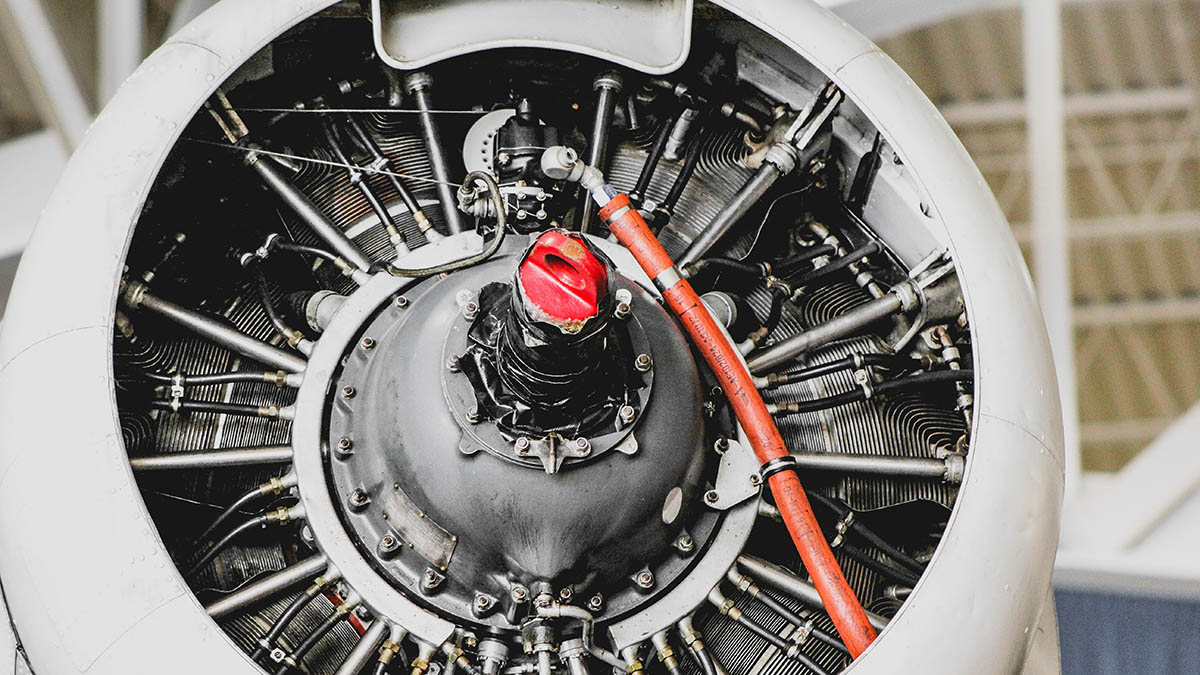Factory Orders Rise As Aircraft Demand Soars
The Commerce Departments said Thursday that factory orders increased 3 percent in June, a solid rebound after declining in May and April. But the gains largely came from a massive 131 percent jump in orders for civilian aircraft, a category that can be volatile on a monthly basis.
U.S. manufacturing has been recovering from a slowdown in late 2015 caused by lower energy prices and a strong dollar that made American products more expensive overseas. Factories have responded with a relatively slight upturn in hiring. Manufacturers added a modest average of 8,833 jobs during the first six months of this year.
Excluding the transportation sector
@MechanicalEngineering
Excluding the transportation sector that includes aircraft, factory orders slipped 0.2 percent in June.Demand fell for computers and electronic products, while primary metals, machinery and motor vehicles eked out gains.
Excluding the transportation sector that includes aircraft, factory orders slipped 0.2 percent in June.
Demand fell for computers and electronic products, while primary metals, machinery and motor vehicles eked out gains.
Other manufacturing indicators point to continued but cautious growth.
The Institute for Supply Management said Tuesday that its index of factory activity fell 1.5 points to 56.3 in July. Still, any reading above 50 signals that manufacturers are expanding.
Separately, the Federal Reserve said that factory production advanced 0.2 percent in June and 1.2 percent over the past 12 months.
Airlines’ belief in the Airbus superjumbo is faltering
ONE of the most insightful responses to a Gulliver article was below the line of a post about air turbulence, and how flyers often overestimate its effects. The mysterious “guest-nialmnj” wrote:
No amount of fancy aeronautical engineering calculations can change the fact that the notion of any vehicle of such vast weight and size actually flying is patently absurd; planes are clearly kept aloft by sorcery and the collective (if misguided) belief of their passengers. This so-called turbulence arises when the faith of some of those passengers falters for a moment.
Gulliver lives just a few miles
@ArlinesTechnologies
Gulliver lives just a few miles east of Heathrow on the flight path. He often sits in his garden and watches A380 jumbos fly overhead, less than a minute into their enchanted journeys to the Middle East or Asia. He knows guest-nialmnj to be a sage. Watching beasts as mighty as Airbus’s double-deck leviathan take to the air is enough to make one wonder at the laws of physics.
Gulliver lives just a few miles east of Heathrow on the flight path. He often sits in his garden and watches A380 jumbos fly overhead, less than a minute into their enchanted journeys to the Middle East or Asia. He knows guest-nialmnj to be a sage. Watching beasts as mighty as Airbus’s double-deck leviathan take to the air is enough to make one wonder at the laws of physics.
Alas, such a magnificent sight may well become less common in the future. Not because the collective belief of the passengers has failed, but because that of airlines has.
On 14th September, Singapore Airlines (SIA) announced that it would not be renewing the lease on five of its A380s when the ten-year contract expires next year. It said that it has not made a decision on its remaining four leased Airbus jumbos, though there is a good chance that they, too, will be consigned to SIA’s history.

